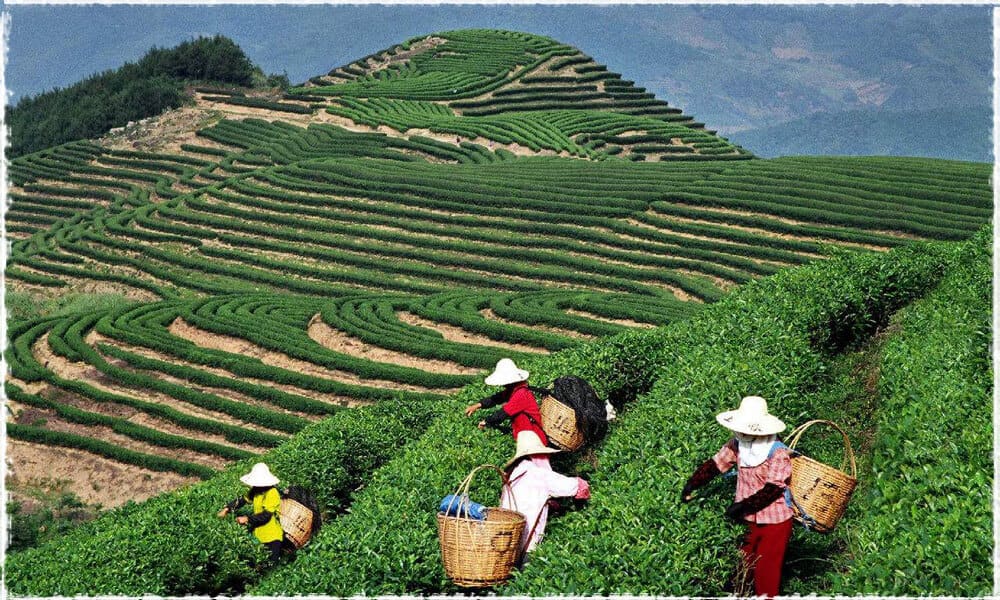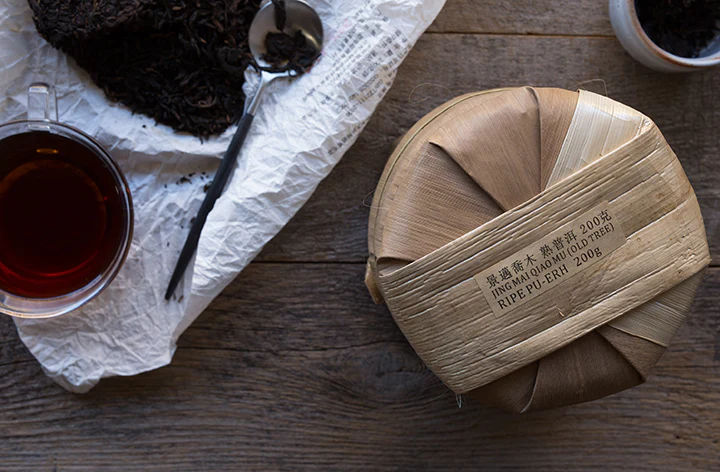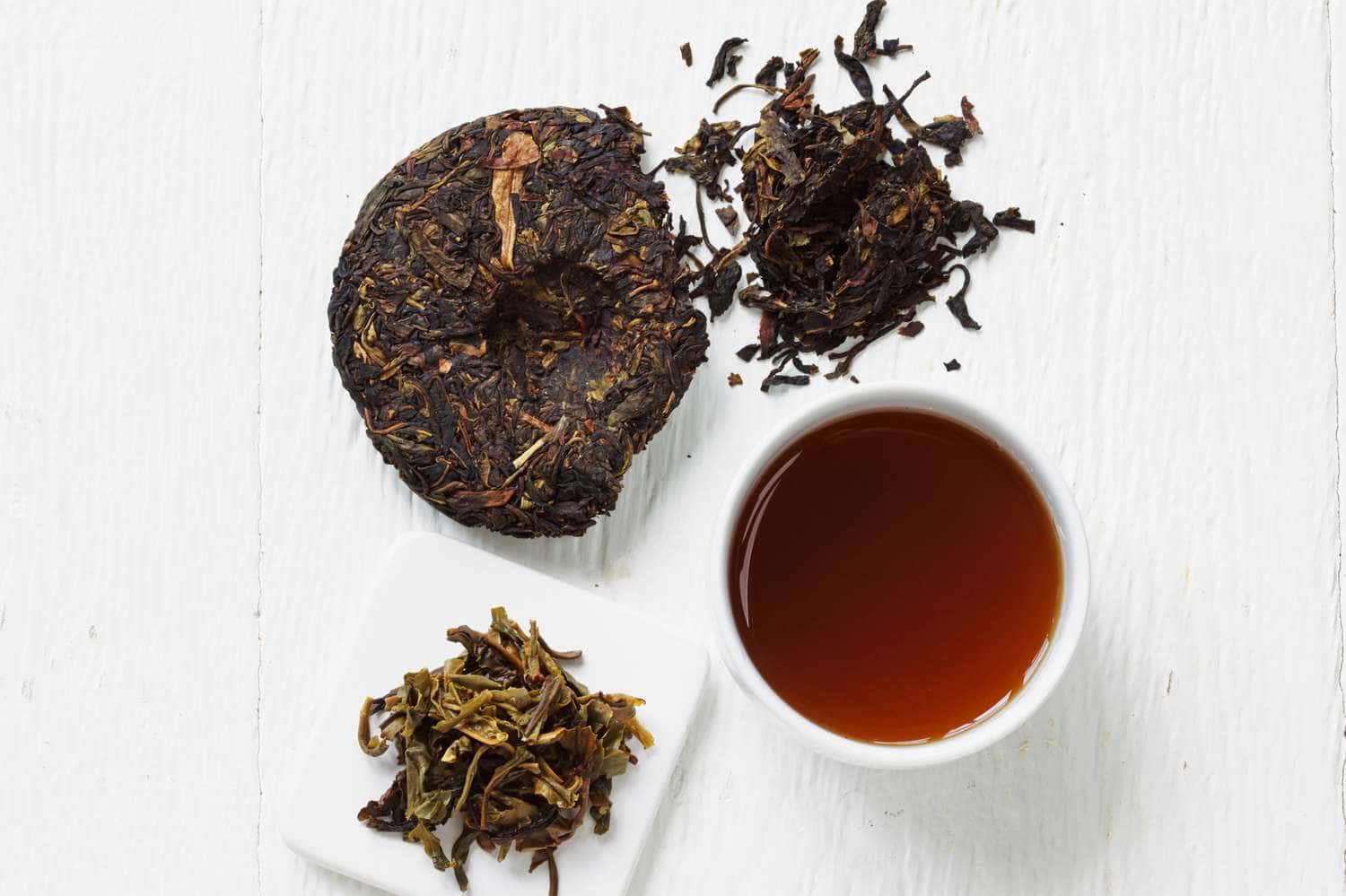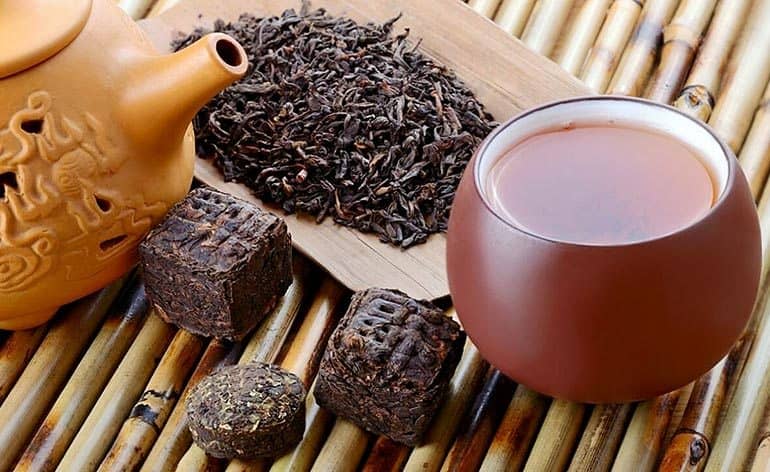Exploring the Richness of Yunnan Pu-erh Tea Terroir: A Taste of Tradition
Today, let’s follow LifeZenTea to discover the Terroir of Yunnan Pu-erh Tea, shall we? Pu-erh tea is a type of fermented tea that originated in the Yunnan province of China. It has a long and rich history, dating back over 2,000 years. Pu-erh tea is known for its unique flavor and aroma, as well as its potential health benefits.
Yunnan province is considered the birthplace of Pu-erh tea, and its geographical diversity plays a significant role in the tea’s terroir.
What is Terroir and Why is it Important in Tea Production?
Terroir refers to the combination of factors that influence the characteristics of a particular agricultural product, such as soil composition, climate, altitude, and cultivation techniques.
In the case of tea production, terroir plays a crucial role in determining the flavor and aroma of the tea. The unique combination of these factors in a specific region gives the tea its distinct qualities.
The Geographical Diversity of Yunnan Province
Yunnan province is located in southwestern China and is known for its diverse geography. It is home to mountains, plateaus, rivers, and valleys, which contribute to its rich biodiversity. The province can be divided into several regions, each with its own unique characteristics. These regions include Xishuangbanna, Lincang, Simao, and Puer.
Xishuangbanna is located in the southern part of Yunnan province and is known for its tropical climate and lush vegetation. Lincang is situated in the northwest and has a cooler climate with higher elevations. Simao is located in the central part of Yunnan province and has a subtropical climate with moderate temperatures. Puer is located in the southwest and has a mountainous terrain with high elevations.
The Impact of Climate on Pu-erh Tea Terroir
Yunnan province has a diverse climate due to its varying elevations and geographical features. The climate plays a significant role in shaping the terroir of Pu-erh tea. The temperature, rainfall, and humidity levels in a particular region can greatly influence the flavor and aroma of the tea.
In Xishuangbanna, the tropical climate with high temperatures and abundant rainfall creates a humid environment that is ideal for the growth of tea plants. This region produces Pu-erh teas that are known for their rich and earthy flavors.
In Lincang, the cooler climate with lower temperatures and less rainfall results in teas that have a milder and more delicate flavor profile. The higher elevations in this region also contribute to the unique characteristics of the tea.
In Simao, the subtropical climate with moderate temperatures and rainfall creates a balanced environment for tea cultivation. The teas produced in this region are known for their smooth and refreshing flavors.
In Puer, the mountainous terrain and high elevations result in cooler temperatures and less rainfall. This unique climate produces teas that have a robust and complex flavor profile.
The Role of Altitude in Pu-erh Tea Terroir
Altitude is another important factor that influences the terroir of Pu-erh tea. Yunnan province has a wide range of altitudes, ranging from sea level to over 6,000 feet. The altitude affects the temperature, air pressure, and oxygen levels, which in turn affect the growth of tea plants and the development of their flavors.
Tea plants grown at higher altitudes tend to have slower growth rates and produce smaller leaves. This slower growth allows the flavors to develop more slowly, resulting in teas that have a more complex and nuanced flavor profile. The higher altitudes also tend to have cooler temperatures, which can contribute to the development of certain flavors in the tea.
On the other hand, tea plants grown at lower altitudes tend to have faster growth rates and produce larger leaves. This faster growth can result in teas that have a more robust and bold flavor profile. The lower altitudes also tend to have warmer temperatures, which can influence the development of certain flavors in the tea.
Soil Composition and its Effect on Pu-erh Tea Flavor
The soil composition in Yunnan province also plays a significant role in shaping the terroir of Pu-erh tea. The soil provides essential nutrients to the tea plants, which in turn affects the flavor and aroma of the tea.
Yunnan province has a diverse range of soil types, including red soil, yellow soil, and black soil. Red soil is rich in iron oxide and has good drainage properties, which can result in teas that have a more robust and earthy flavor profile. Yellow soil is rich in organic matter and has good water retention properties, which can result in teas that have a more mellow and smooth flavor profile. Black soil is rich in minerals and has good fertility, which can result in teas that have a more complex and balanced flavor profile.
The Significance of Tea Plant Cultivars in Pu-erh Tea Production
The choice of tea plant cultivars also plays a crucial role in shaping the terroir of Pu-erh tea. Yunnan province is home to several different cultivars, each with its own unique characteristics.
Some popular tea plant cultivars used in Pu-erh tea production include the Yunnan large leaf variety (Camellia sinensis var. assamica), the Yunnan small leaf variety (Camellia sinensis var. sinensis), and the ancient tree variety (Camellia sinensis var. assamica). Each of these cultivars has its own distinct flavor and aroma profile, which contributes to the overall complexity of Pu-erh tea.
The Yunnan large leaf variety is known for its robust and earthy flavors, while the Yunnan small leaf variety is known for its milder and more delicate flavors. The ancient tree variety, which comes from tea trees that are hundreds of years old, is known for its complex and nuanced flavors.
Traditional Pu-erh Tea Processing Techniques
The processing techniques used in the production of Pu-erh tea also play a significant role in shaping its flavor and aroma. Traditional Pu-erh tea processing involves several steps, including withering, rolling, fermentation, and drying.
Withering is the first step in the process, where the freshly picked tea leaves are spread out to dry and wilt. This step helps to remove excess moisture from the leaves and prepare them for the next stage of processing.
Rolling is the next step, where the withered leaves are rolled to break down their cell walls and release their natural juices. This step helps to enhance the flavor and aroma of the tea.
Fermentation is a crucial step in Pu-erh tea production, where the rolled leaves are allowed to undergo microbial fermentation. This fermentation process can take several months or even years, depending on the desired flavor profile of the tea. The fermentation process helps to develop the unique flavors and aromas that are characteristic of Pu-erh tea.
Drying is the final step in the process, where the fermented leaves are dried to remove any remaining moisture. This step helps to preserve the flavors and aromas of the tea and prepare it for packaging and storage.
The Art of Pu-erh Tea Aging and Fermentation
Aging and fermentation are two key processes that contribute to the unique flavor profiles of Pu-erh tea. Aging refers to the process of storing the tea for an extended period, allowing it to develop complex flavors and aromas over time. Fermentation refers to the microbial process that occurs during aging, which helps to transform the tea and enhance its flavors.
Pu-erh tea can be aged for several years or even decades, with some teas being aged for over a century. During this time, the tea undergoes a natural fermentation process, where beneficial bacteria and fungi break down the complex compounds in the tea leaves and transform them into simpler compounds. This fermentation process helps to develop the unique flavors and aromas that are characteristic of aged Pu-erh tea.
The length of the aging process and the conditions in which the tea is stored can greatly influence the flavor and aroma of the tea. Factors such as temperature, humidity, and air circulation can all affect the aging process and contribute to the development of specific flavors and aromas.
Exploring the Unique Flavor Profiles of Yunnan Pu-erh Teas
Yunnan Pu-erh teas are known for their diverse flavor profiles, which are influenced by a combination of factors including terroir, processing techniques, and aging. Some popular flavor profiles include earthy, woody, floral, fruity, and sweet.
The earthy flavor profile is often associated with Pu-erh teas that have been aged for a long time. These teas have a rich and deep flavor with notes of damp earth, moss, and mushrooms. The woody flavor profile is often associated with Pu-erh teas that have been aged for a shorter period. These teas have a milder and more balanced flavor with notes of wood, bark, and nuts.
The floral flavor profile is often associated with Pu-erh teas that have been processed using traditional techniques. These teas have a delicate and aromatic flavor with notes of flowers, herbs, and honey. The fruity flavor profile is often associated with Pu-erh teas that have been grown at higher altitudes.
These teas have a bright and refreshing flavor with notes of citrus, berries, and stone fruits. The sweet flavor profile is often associated with Pu-erh teas that have been aged for a long time. These teas have a smooth and mellow flavor with notes of caramel, honey, and dried fruits.
Here’s a summary table outlining unique flavor profiles of Yunnan Pu-erh teas:
| Flavor Profile | Description |
|---|---|
| Earthy | Dominant earthy notes reminiscent of damp soil, forest floor, or mushrooms |
| Woody | A woody aroma and taste, similar to aged wood or cedar, sometimes with hints of bark or resin |
| Nutty | Nutty undertones, often resembling almonds, walnuts, or chestnuts |
| Mellow | Smooth and balanced with a mild sweetness, lacking bitterness or astringency |
| Malty | Rich and malty flavors akin to malted grains, such as barley or wheat |
| Chocolatey | Deep, dark chocolate notes with a hint of bitterness and sweetness |
| Fruity | Sweet and tangy fruit flavors, such as dried apricot, plum, or raisin |
| Floral | Delicate floral aromas and flavors, reminiscent of jasmine or orchids |
| Herbal | Herbal notes resembling mint, eucalyptus, or medicinal herbs |
| Spicy | Warm and spicy undertones, akin to cinnamon, clove, or ginger |
Preserving the Tradition of Yunnan Pu-erh Tea for Future Generations
The tradition of Yunnan Pu-erh tea is an important part of Chinese culture and heritage. It is essential to preserve this tradition for future generations to enjoy and appreciate. Efforts are being made to protect the unique terroir of Yunnan province and promote sustainable tea production practices.
One way consumers can support the preservation of Yunnan Pu-erh tea tradition is by purchasing teas that are sourced from reputable producers who follow sustainable and ethical practices. By supporting these producers, consumers can help ensure that the tradition of Yunnan Pu-erh tea continues to thrive.
In conclusion, Yunnan Pu-erh tea is a unique and complex beverage that is shaped by its terroir, processing techniques, and aging. The geographical diversity of Yunnan province, including its climate, altitude, and soil composition, contributes to the distinct flavors and aromas of Pu-erh tea.
The choice of tea plant cultivars and traditional processing techniques further enhance the unique characteristics of the tea. It is important to preserve the tradition of Yunnan Pu-erh tea for future generations to enjoy and appreciate its rich history and cultural significance.
Originally posted 2024-02-22 13:40:33.




